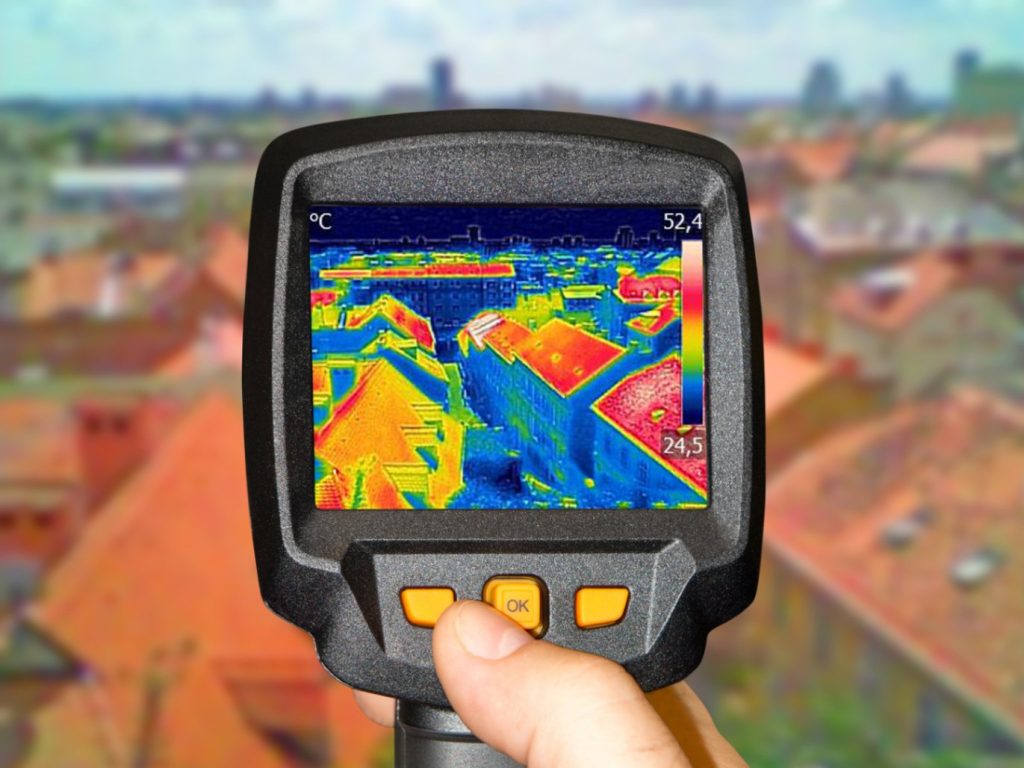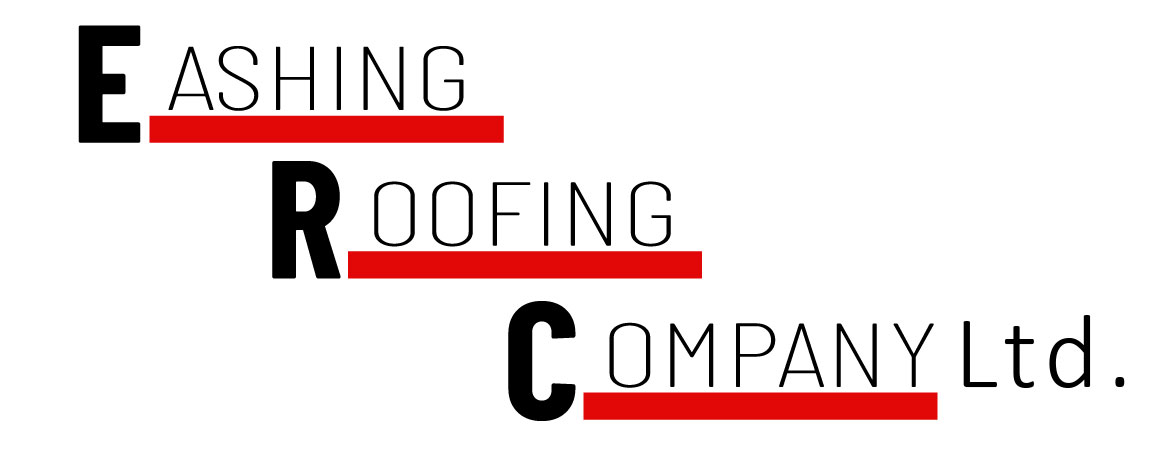How Thermal Imaging Helps Detect Hidden Roof Damage
When it comes to roof maintenance, even a well-trained eye can miss what lies beneath the surface. Traditional inspections rely on visible cues—but many critical issues remain hidden until it’s too late. That’s where thermal imaging steps in. By detecting subtle temperature differences, this advanced technology uncovers moisture intrusion, insulation gaps, and structural weaknesses before they evolve into costly repairs. Understanding how thermal imaging works could be the game-changer your roof needs. So—what might you discover next?

Key Takeaways
- Thermal imaging detects hidden roof damage by capturing temperature variations that reveal moisture intrusion and insulation issues.
- Cooler zones in thermal scans often indicate leaks or trapped moisture, enabling early intervention.
- Structural weaknesses in roofing materials can be visualized through thermal discrepancies, exposing early signs of degradation.
- Non-invasive and real-time, thermal imaging improves the speed and accuracy of inspections.
- Regular scans extend roof lifespan and reduce repair costs by catching problems early.
Understanding Thermal Imaging Technology
While traditional inspections rely on visual checks, thermal imaging offers a more precise, technology-driven approach. Using infrared sensors, thermal cameras detect and visualize temperature variations on your roof. These images reveal underlying issues—such as wet insulation or hidden leaks—long before they become visible.
Unlike conventional methods, thermal imaging doesn’t require physical alterations. It delivers a real-time view of your roof’s health, enabling more accurate assessments and better decision-making. For anyone serious about long-term roof performance, this technology is a powerful tool.
Why Regular Roof Inspections Matter
Routine roof inspections are your first line of defense against deterioration. Even minor issues—like cracked shingles or small leaks—can spiral into expensive problems if ignored. Regular evaluations support:
- Preventive maintenance: Catch issues early.
- Extended lifespan: Preserve your roof’s structural integrity.
- Cost savings: Avoid major repairs by addressing small concerns promptly.
And when paired with thermal imaging, inspections become even more effective at uncovering issues hiding beneath the surface.
How Thermal Imaging Works in Roof Inspections
1. Basics of Thermal Imaging
Thermal imaging cameras translate infrared radiation into visible images. These images expose subtle changes in surface temperature, which often indicate:
- Moisture intrusion
- Poor insulation
- Air leaks
Real-time data lets inspectors visualize the full extent of the roof’s condition without guesswork.
2. Detecting Moisture Intrusions
Moisture is one of a roof’s worst enemies. Thermal imaging spots cooler areas where water may have infiltrated, often before mold or staining appears. These insights help guide effective remediation and prevent long-term damage.
3. Assessing Insulation and Energy Loss
Insulation gaps result in uneven heat retention. Thermal cameras detect these discrepancies instantly. Identifying weak spots means improved energy efficiency and lower utility costs.
4. Revealing Structural Weaknesses
Degraded or failing materials often give off different heat signatures. Thermal imaging helps spot compromised zones—such as rotting wood or delaminated shingles—early, so repairs can be more targeted and cost-effective.
Advantages Over Traditional Inspection Methods
Thermal imaging offers clear benefits:
- Greater accuracy in detecting hidden issues
- Faster assessments over large surface areas
- No disruption or physical damage to the roof
- Visual documentation for insurance or maintenance records
By leveraging this technology, you’re making a proactive choice to protect your property.
Case Studies: Real-World Successes
- Industrial Facility: A thermal inspection revealed moisture trapped beneath a membrane, avoiding a costly structural repair.
- Commercial Roof: Imaging pinpointed failing insulation in a specific area, saving tens of thousands by preventing a full roof replacement.
- Residential Property: A homeowner avoided mold-related issues by detecting a slow leak that traditional methods failed to identify.
These examples underscore the value of thermal imaging as a diagnostic tool—not just for detection, but for prevention.
Choosing the Right Thermal Imaging Professional
To fully benefit from thermal technology, hire certified professionals who specialize in roof inspections. Look for:
- Certifications in infrared thermography
- Proven experience with roof systems
- Demonstrated ability to interpret thermal data accurately
- Case studies or references from previous clients
Expertise matters as much as the equipment itself.
Frequently Asked Questions
Can thermal imaging detect issues beneath roofing materials?
Yes. It identifies heat anomalies that suggest moisture, air leaks, or material degradation hidden under the surface.
How long does an inspection take?
Most inspections take 1–2 hours depending on roof size and complexity.
Is it safe for my roof?
Absolutely. It’s non-contact and non-destructive, making it one of the safest diagnostic tools available.
What factors affect results?
Weather, humidity, and sunlight can all impact readings. A skilled technician knows how to adjust for these variables.
How often should I schedule thermal inspections?
Once per year is standard. Additional scans may be necessary after storms or severe weather.
Conclusion
Thermal imaging redefines what’s possible in roof inspections. It brings hidden problems to light, helping you take control of your property’s health before small issues become expensive disasters. By working with qualified professionals and scheduling regular assessments, you safeguard your investment and extend the life of your roofing system.
